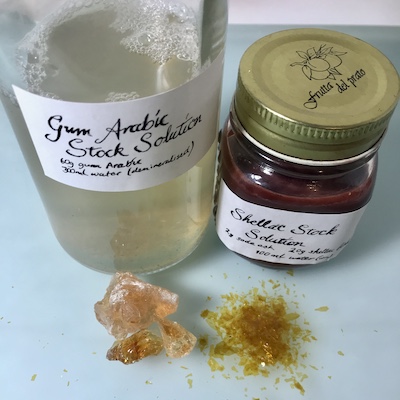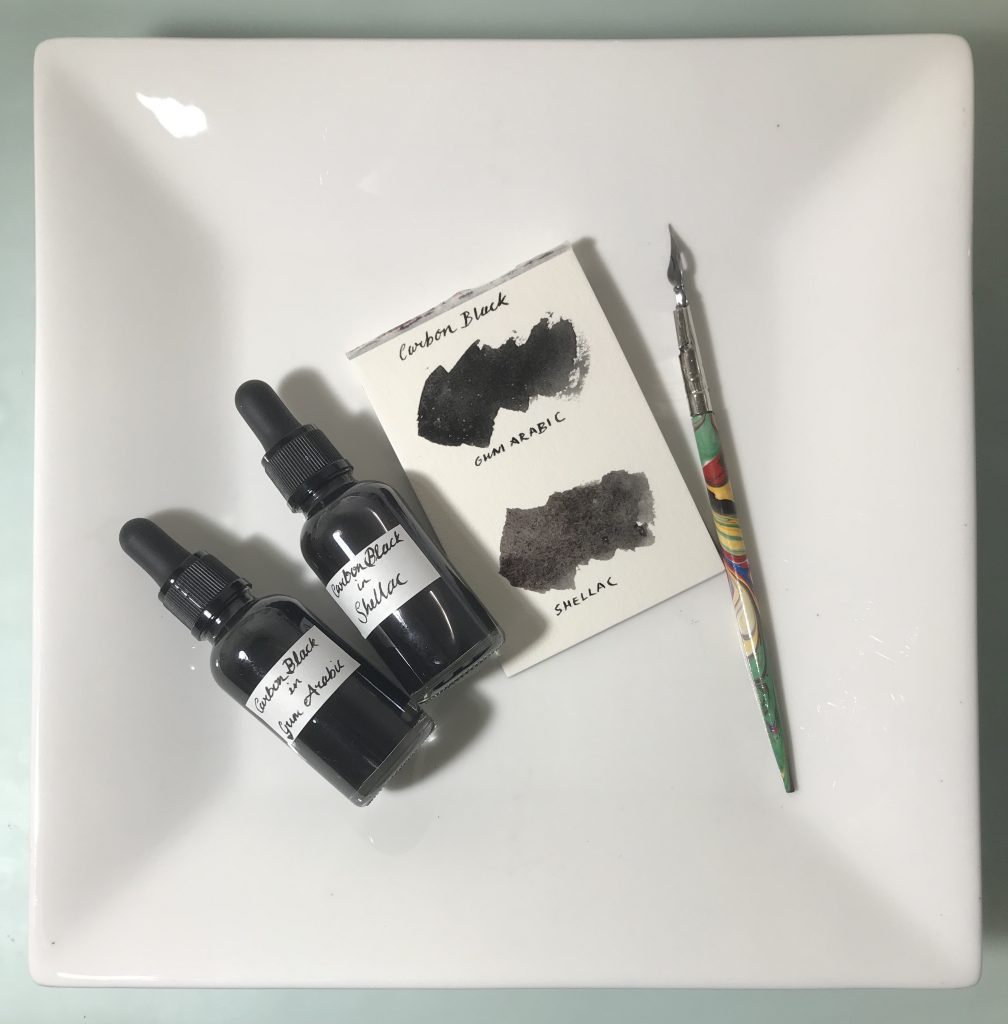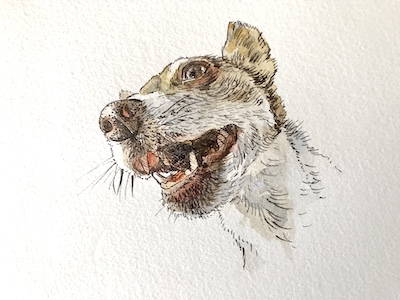A few months back a friend (hi Amanda!) recommended I do a natural dyeing workshop run by the Maiwa School of Textiles. When I headed over to the website I discovered they were also running an ink-making workshop. I’ve been wanting to try making my own paints for a while, and after enjoying doing a month of pen and ink drawings for the Daily Art Challenge I’m keen to go back to that medium. Making inks seems like a natural crossroads between my two interests in fibre (dyeing) and art (ink).
I signed up and after pricing the items in the materials kit I realised it was much cheaper to buy them locally – and I didn’t want to worry that the materials wouldn’t arrive in time. Well, it would have been much cheaper if the shop I used for my price research actually had them all in stock. I hadn’t noticed the ‘out of stock’ on one item, but the other had no warning until I went to buy it. Having most of the materials bought or on order already, it would make no sense point buying the kit for just two items, so I had to hunt around online and wound up buying those two ingredients from Israel (from Dekel Dyes, where you can also purchase an interesting little booklet on making ink that includes eucalyptus as a source). This meant not buying the kit didn’t save me as much money and I still got to worry about a parcel not arriving on time.
Luckily it did, and I gathered everything together before we went on our holiday. I also watched a lot of YouTube videos and reread a book I had on the subject (Make Ink by Jason Logan). Finally the workshop start date arrived, and I started working my way through the weekly modules.
The first task was to make sock solutions. I’d only found gum Arabic in solid and liquid form, not powdered, but figured I could grind it up myself in my mortar and pestle. Wow, that stuff explodes when you smash it. I had gum Arabic shards everywhere. The second stock solution was shellac, which was easy but time-consuming to make.


The second task was to make carbon black ink. An easy task, but I managed to make it complicated somehow when the pigment didn’t want to mix with the solutions. But I persuaded it to eventually, and without too much mess, and finished with two black inks: water-soluble and water-proof. Which I then put to good use:


